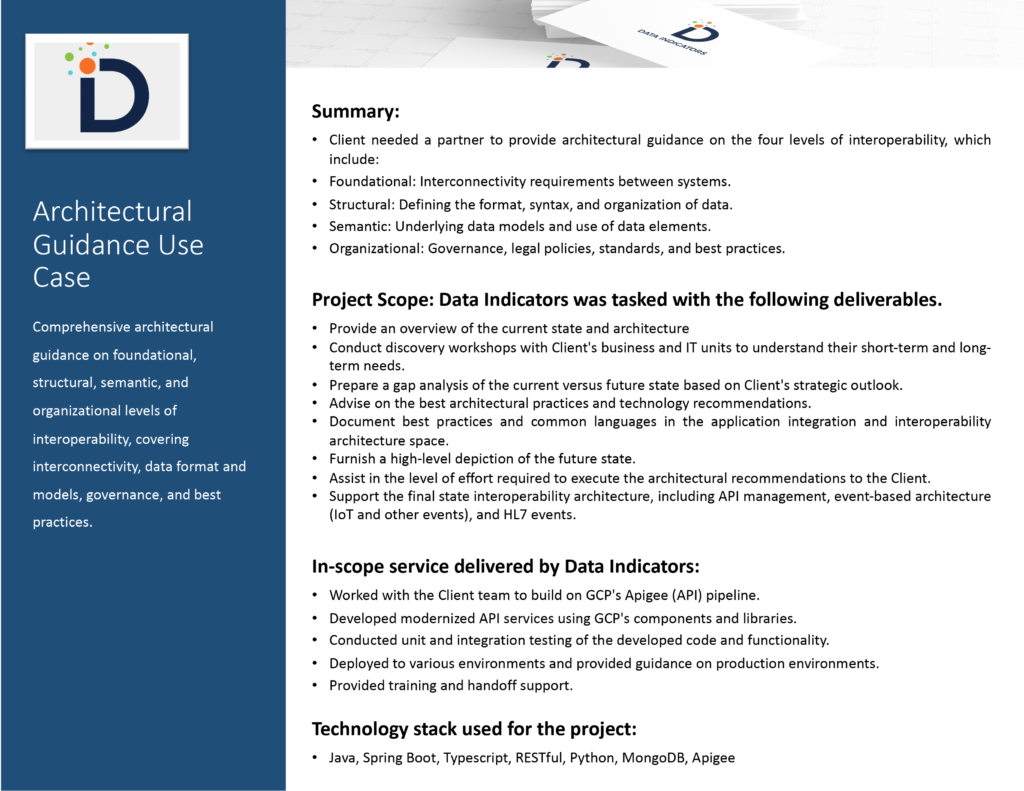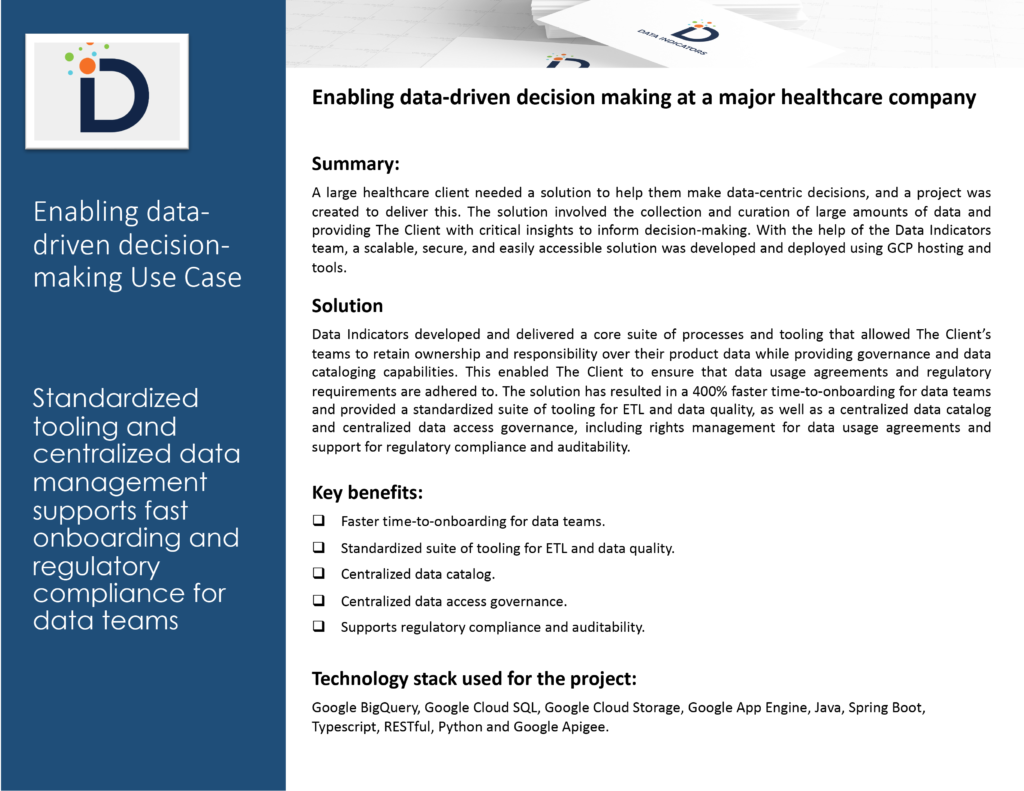
ERP migrations are one of the most stressful activities an enterprise can take on. The implementation of a new ERP can unlock great benefits to the business through more modern functionality, automation, AI, and flexibility for the business to adapt to changing economic conditions. With great opportunity comes great risks (of course). One of the biggest concerns is data conversion and the associated risk of data loss, as during an ERP migration, systems may not be properly backed up. Another concern when converting a company’s data is security. ERP migration can leave vulnerabilities in a system, leaving room for potential security breaches, data leaks, and cyber-attacks. Also, integrating new ERP systems with existing software can be complex and lead to integration issues and cause systems to crash. The complexity of ERP migration itself can cause risks.
A recent Gartner blog (https://blogs.gartner.com/tonnie-van-der-horst/erp-is-dead-the-sequel/) citing ERP projects as “require investments levels of € 150 million” or more and “6-10 year planning horizon” for multi-billion global businesses. When the stakes are this high, risk mitigation is a key component, and one of the biggest risks to an ERP migration project that can be actively managed towards simplicity is data conversion. Massive amounts of time are spent converting data for isolated and niche use cases that don’t really drive value for a system transformation program. Oracle’s A-Team blogs (https://www.ateam-oracle.com/post/options-for-migrating-clean-data-to-fusion-applications-cloud) identified that “75% of cloud implementation delays are due to data issues that are identified during the later stage in the project … This leads to increased cost, timeline, go-live delays and challenges with resource planning”
One great example is invoices. During an ERP migration, years of historical invoices are usually exported, transformed, imported, marked as paid, and reversal entries are created to balance the books. All of this is prepared for by the project team (thousands of hours of work) and it becomes a bottleneck to the go-live as all of this needs to be done on the target platform during the migration. And what are these invoices used for? Not reporting, as that happens in an EPM system, and historical invoices don’t play into the FY reporting (or the same could be accomplished with a few journal entries). Not for vendor complaints which can be done out of a data warehouse or reporting solution. The only truly important reason is for duplicate invoice check processes to execute. This type of single-purpose, non-operational usage of ERP also goes completely against simplification principles and the “digitalization of finance” outlined by Gartner (https://www.gartner.com/en/finance/trends/prepare-finance-for-digitalization) where the focus should be on “value delivery” and “impactful automation”.
Data Indicators’ approach: dump all of those old invoices into our AP duplicate invoice checker. When new invoices arrive in your ERP, integrate them into this separate duplicate checker, and if our algorithm (which include fuzzy matching and is superior to out-of-the-box ERP solutions) finds a potential match, it can automatically block the invoice and/or put it into a worklist for an AP clerk to work.
This strategy very much aligns with modern ERP principles of an “operational ERP” that is focused on running the day-to-day of the business, and not on all of the potential edge and exception cases that should be implemented using a more modular design and technology set to maximize competitive advantage through flexibility. DataIndicators’ strategy focuses on bringing the best expert resources and modern solutions in Oracle ERP migration and upgrade projects to our customers, in order to maximize the success rate, minimize the risks, and improve the flexibility of business for our customers.



